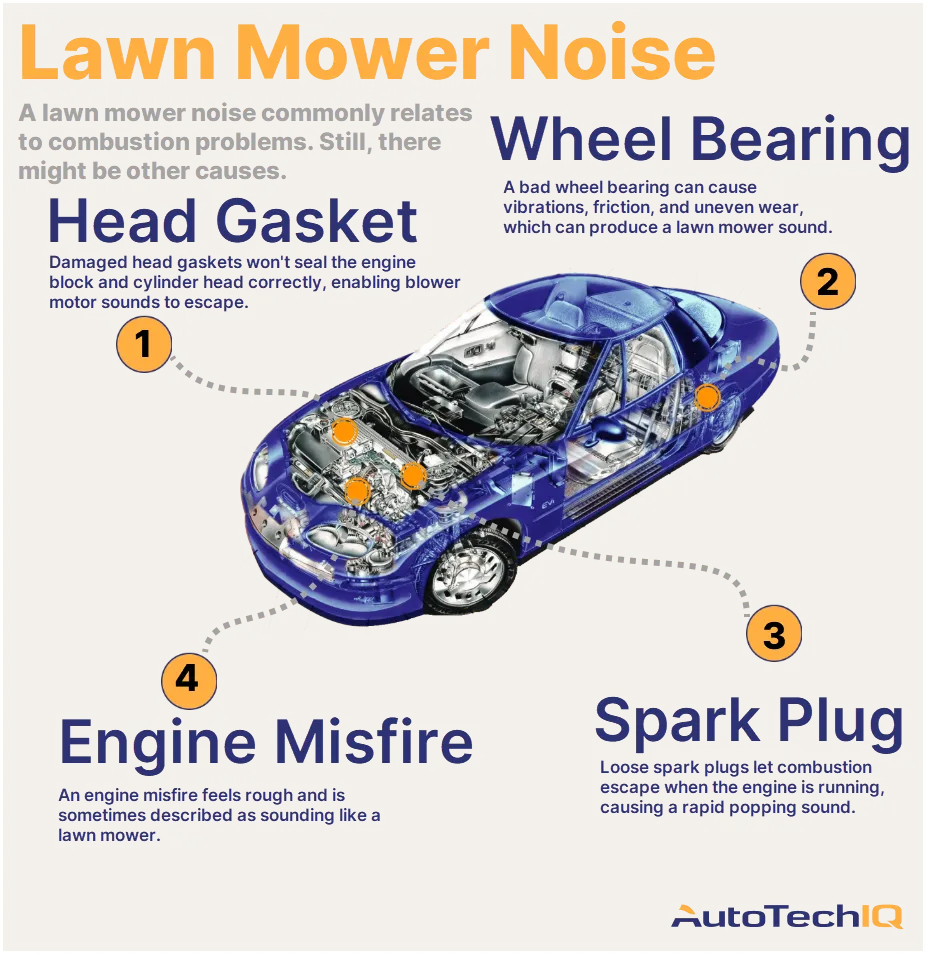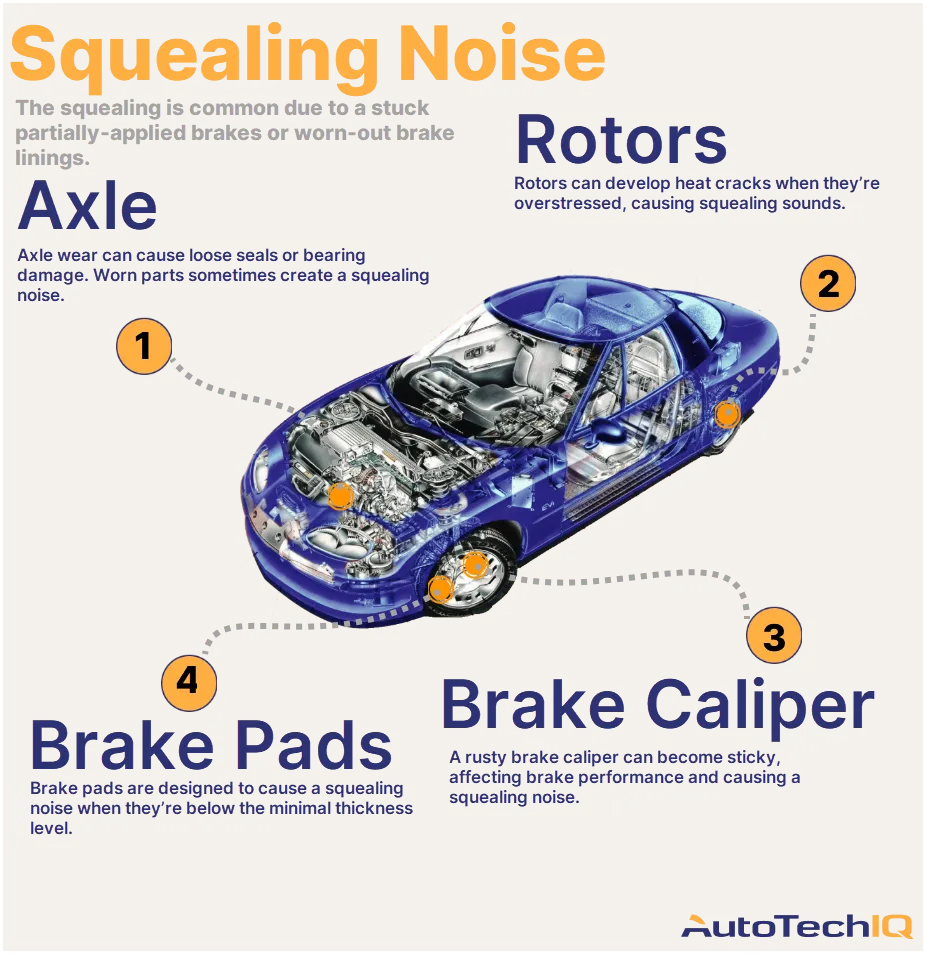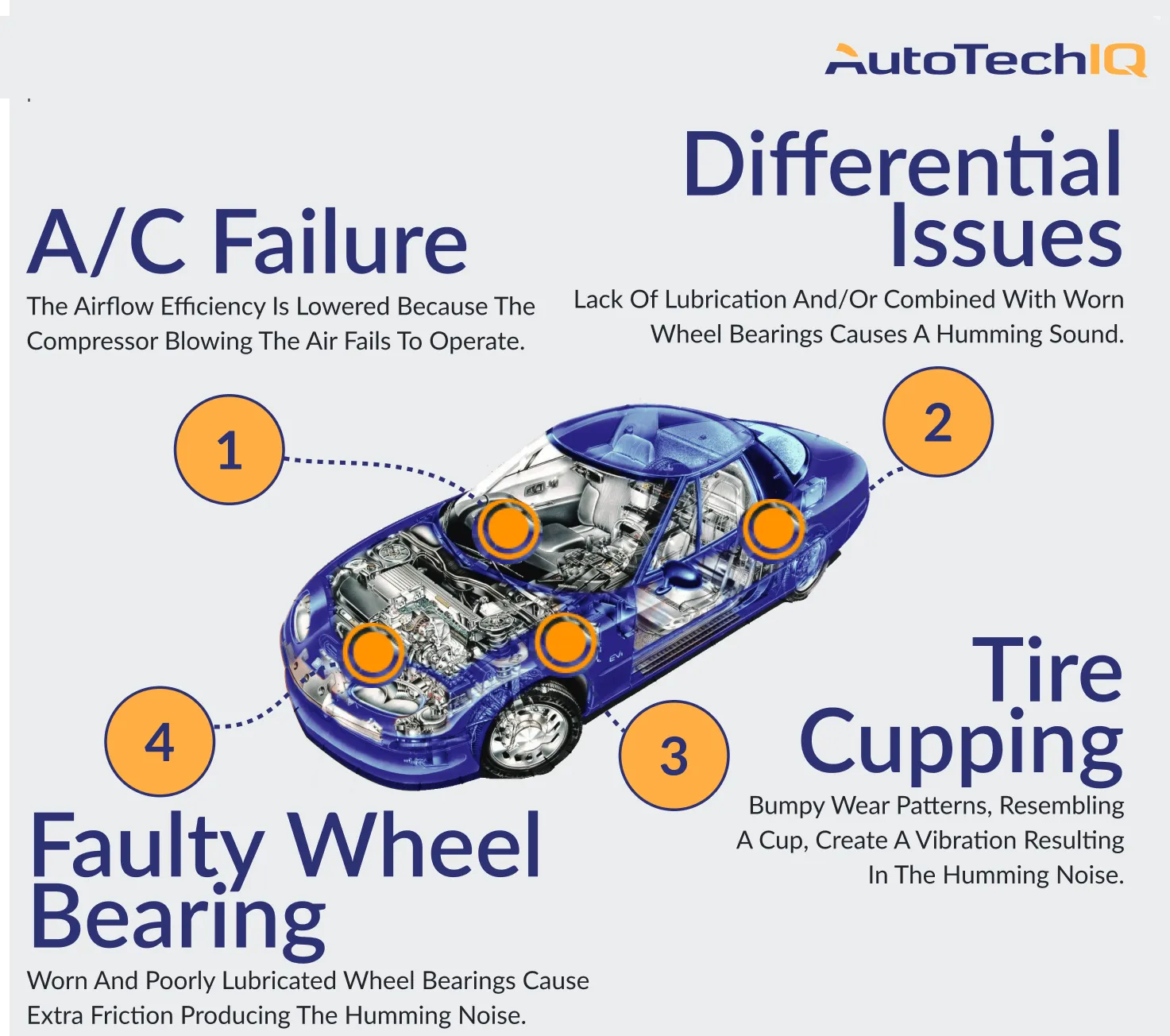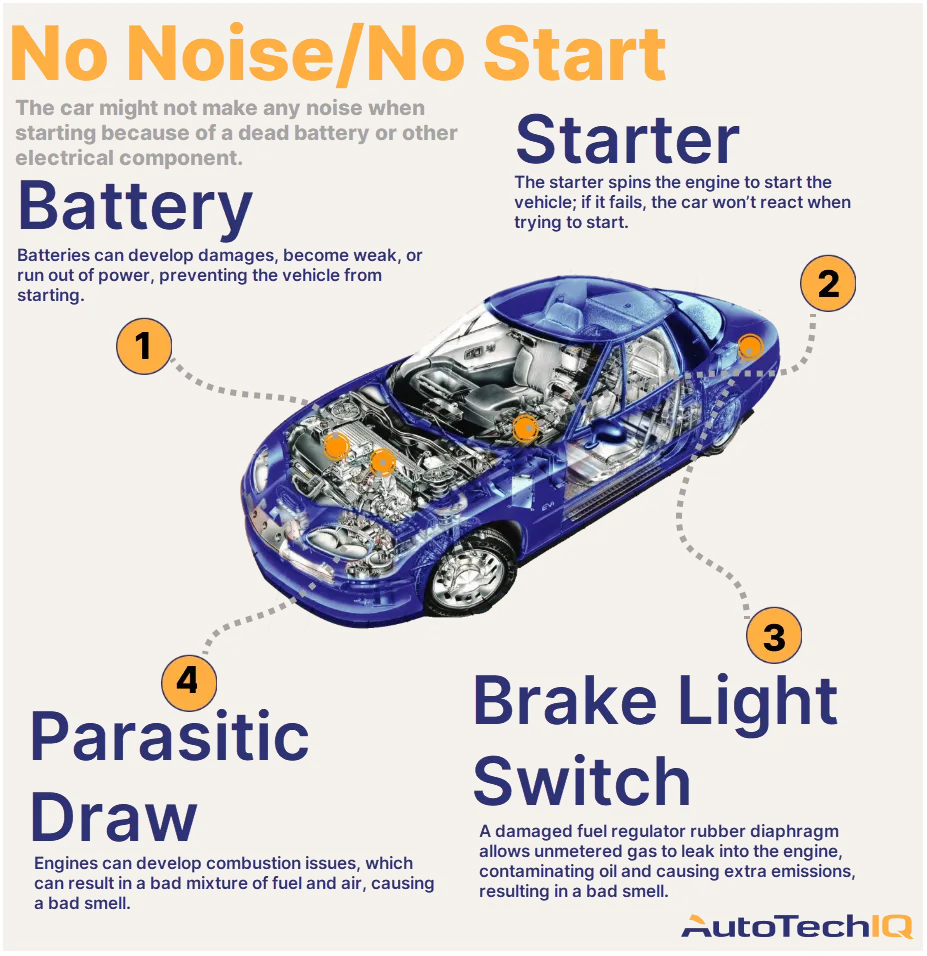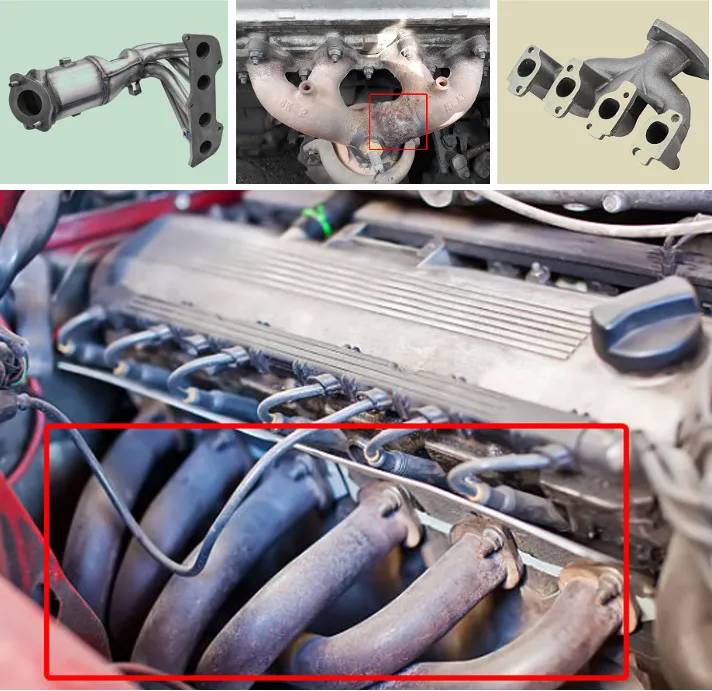
The exhaust manifold is one of the parts of the exhaust system, designed to receive and distribute exhaust gases formed after the combustion of the air-fuel mixture. During the operation of the engine, the exhaust manifold undergoes expansion and compression due to temperature fluctuations. Over time, the metal burns out, cracks appear, leading to a leakage of exhaust gases. These gases enter the engine compartment and the cabin, negatively affecting the health of the driver and passengers.
Signs of exhaust manifold malfunction:
- Noises, bangs from under the hood.
- Smoke bursts under the hood and inside the car cabin.
- Decreased engine power.
- The smell of burnt plastic, exhaust gases in the engine compartment and car cabin.
- Sensor readings indicating engine malfunctions.
When such symptoms appear, it is necessary to diagnose the entire exhaust system of the car. If a malfunction of the exhaust manifold is detected, it is essential to repair or replace it. Otherwise, exhaust by-products can enter the engine, leading to damage to expensive components. If the exhaust manifold has minor cracks or superficial defects, it can be repaired, for example, by welding the cracks or fixing minor damages. It might be sufficient to replace the sealing gaskets. Sometimes, the exhaust manifold can become clogged with deposits or carbon. In this case, it can be cleaned and serviced to restore its normal performance.
If multiple cracks are found on the exhaust manifold, attempting to repair it by welding is not advisable. It is not recommended to replace it on your own, as it can be unsafe and challenging. The job requires skills and knowledge of car mechanics.
List of exhaust manifold removal tasks:
- Release the wire harness clip.
- Unscrew the oil cap.
- Remove the protective cover.
- Disconnect the air intake hose.
- Disconnect the pipe of the secondary muffler from the manifold (perform under the vehicle).
- Remove the manifold heat shield.
- Disconnect the wire harnesses from the oxygen sensor and the controlling sensor.
- Disconnect the ignition module.
- Remove the throttle body.
- Disconnect the throttle cable.
- Disconnect the wire harnesses of the ignition coil and injectors.
- Remove the heat insulation shield of the steering mechanism.
- Remove the intake manifold.
- Disconnect the crankcase ventilation system hoses.
- Remove the exhaust manifold.
The exhaust manifold muffler replacement should be done in a car service environment. Special equipment and tools are used to remove the exhaust manifold. Before removing the exhaust manifold, the mechanic treats the fasteners with a special compound. The complexity of the removal is also increased because different car brands may have various modifications of the exhaust manifold installed.
Types of exhaust manifolds:
- Solid: This is a cost-effective and relatively compact design. This component of the exhaust system looks like a container with short pipes extending from it. Due to its compact design, its efficiency in exhaust removal and chamber airflow is low. This type of exhaust manifold is made of cast iron.
- Tubular: Unlike the previous type, this one is expensive to manufacture and is made of stainless steel or ceramics. Its efficiency is determined by its design, where each channel is connected to a separate pipe of specific length and intricate shape. This allows synchronization of the exhaust flow speed and improves engine performance.
If repair work is not related to the gasket burning out, it still needs to be replaced with a new one.


